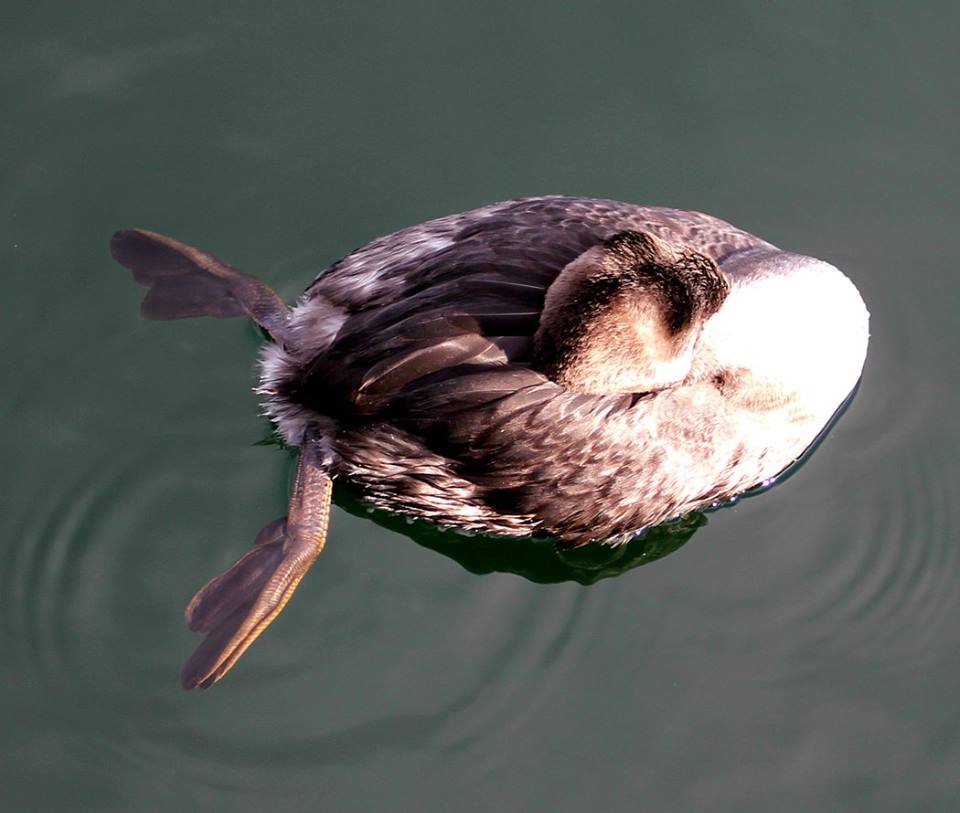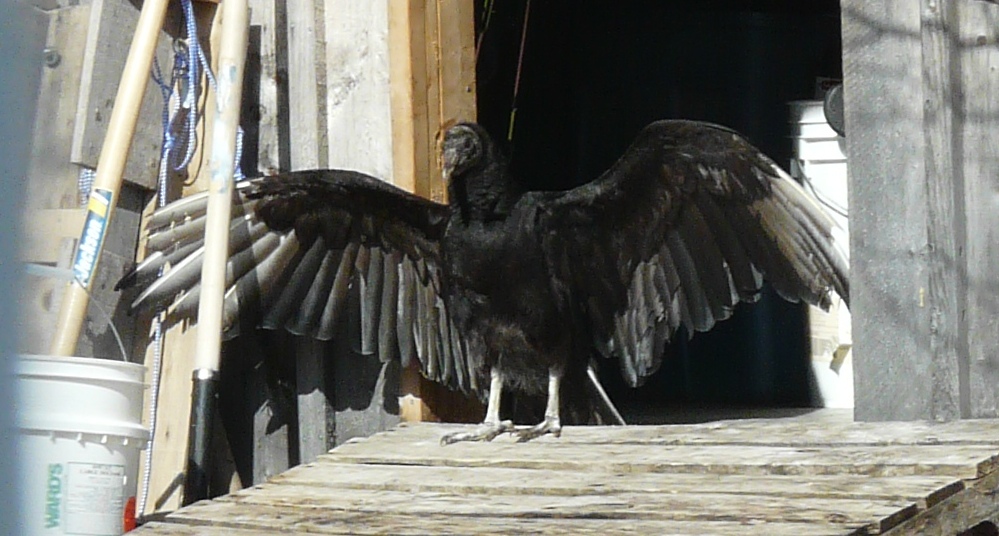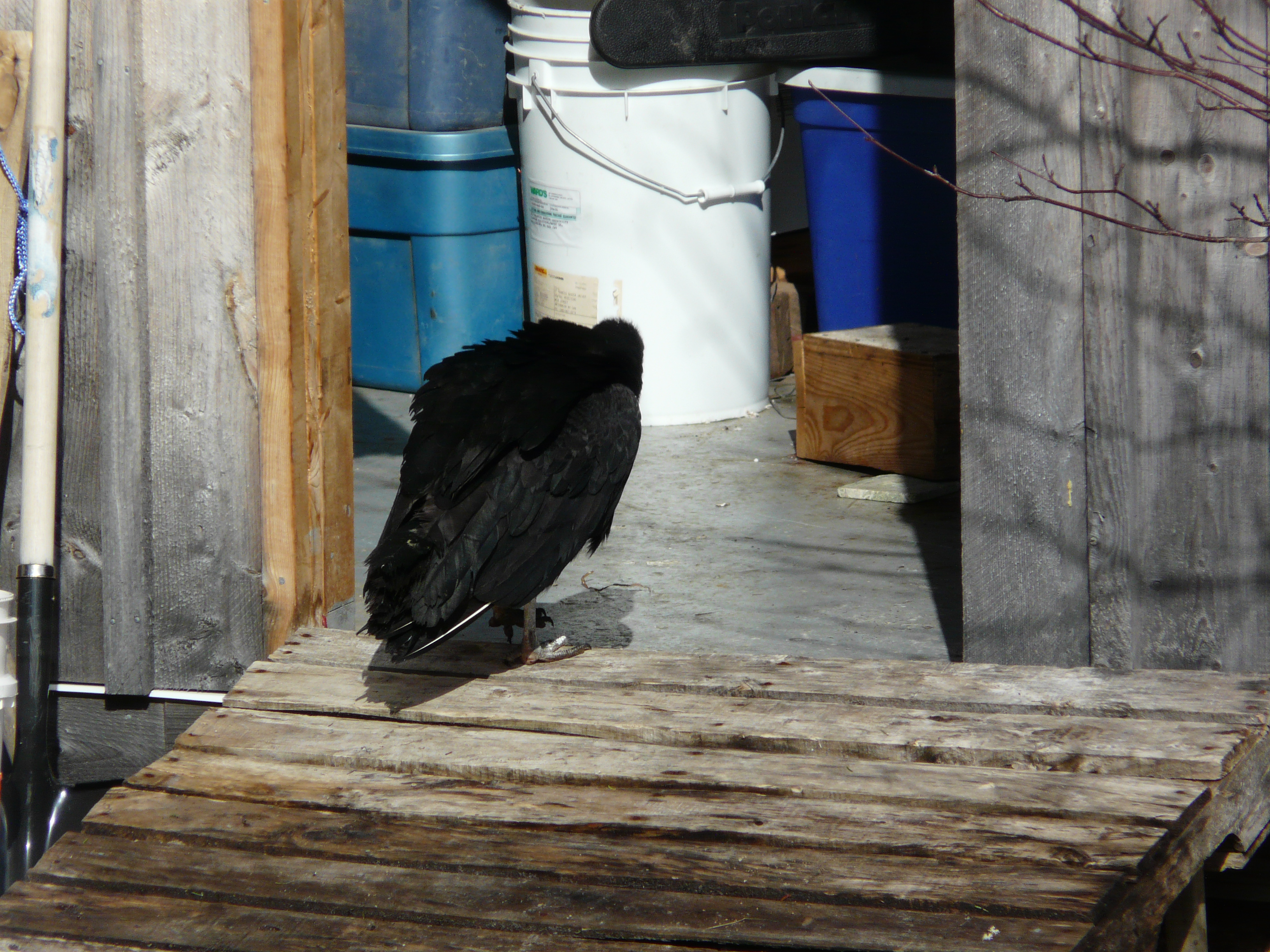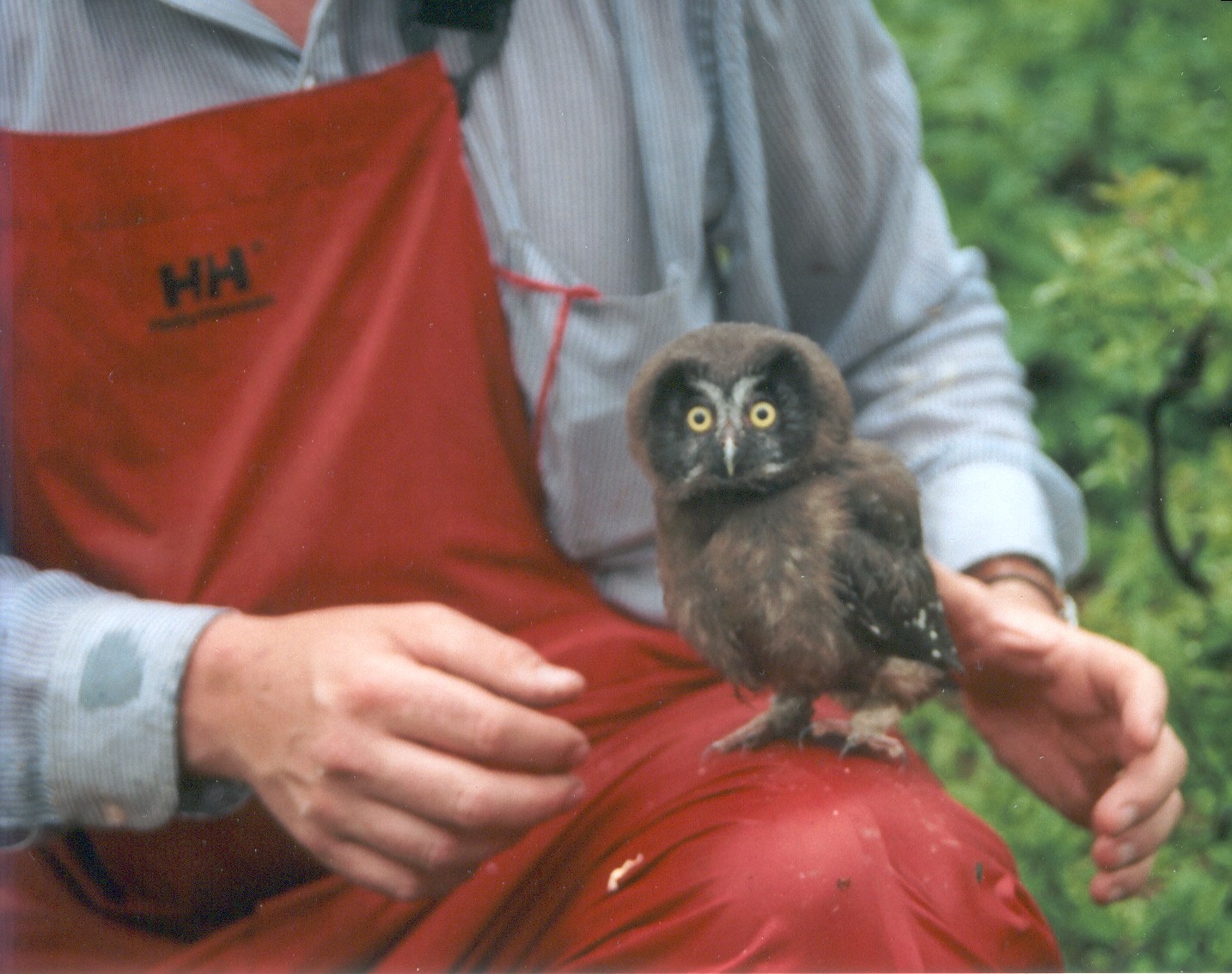

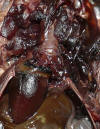

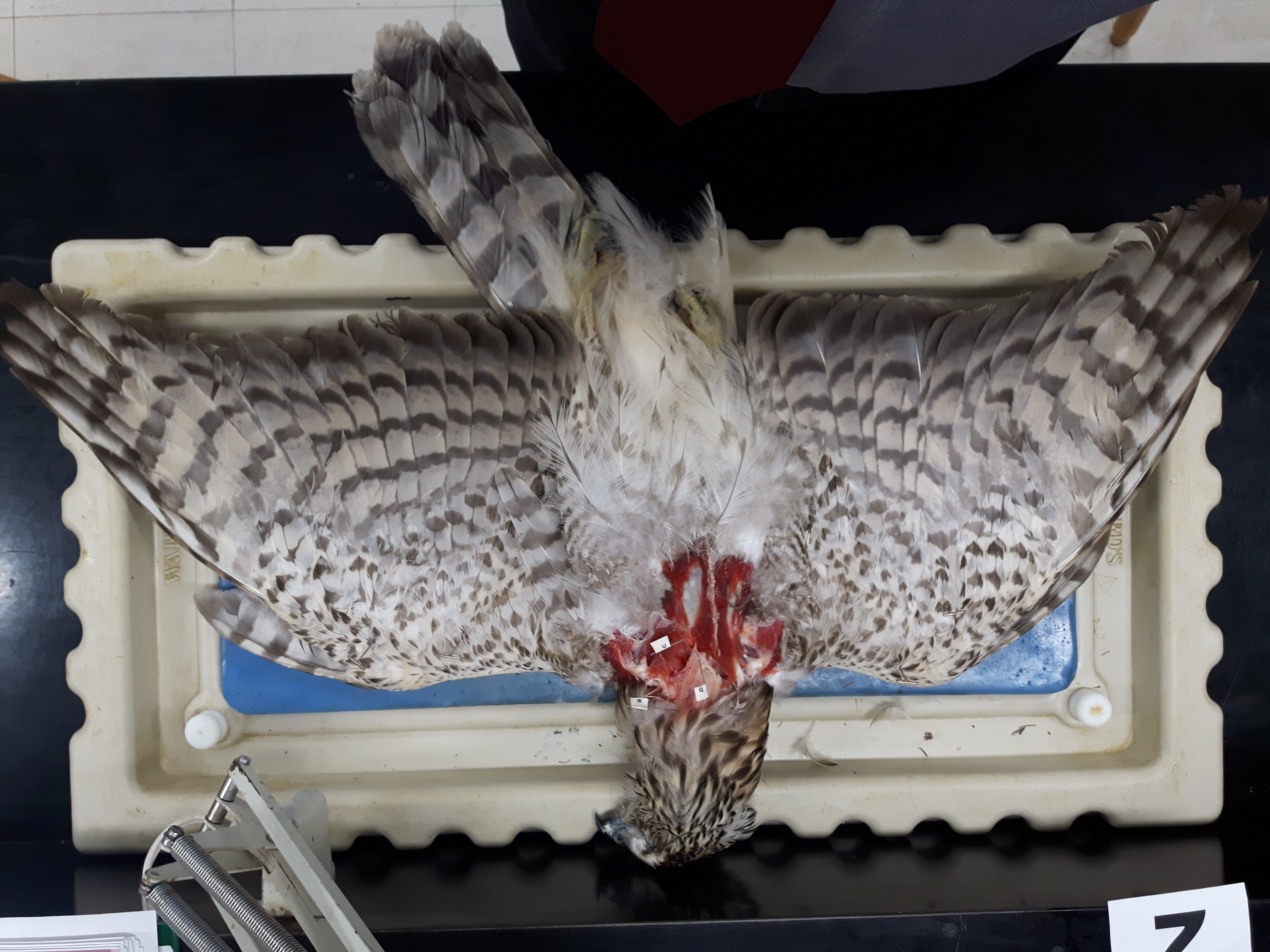
 Snipe egg
(snipe nest on the ground, photo courtesy of Didier Descouens).
Snipe egg
(snipe nest on the ground, photo courtesy of Didier Descouens).
 Nest of a Northern Saw-whet Owl. What are the
advantages and disadvantages to the different colourations
shown?
Nest of a Northern Saw-whet Owl. What are the
advantages and disadvantages to the different colourations
shown?
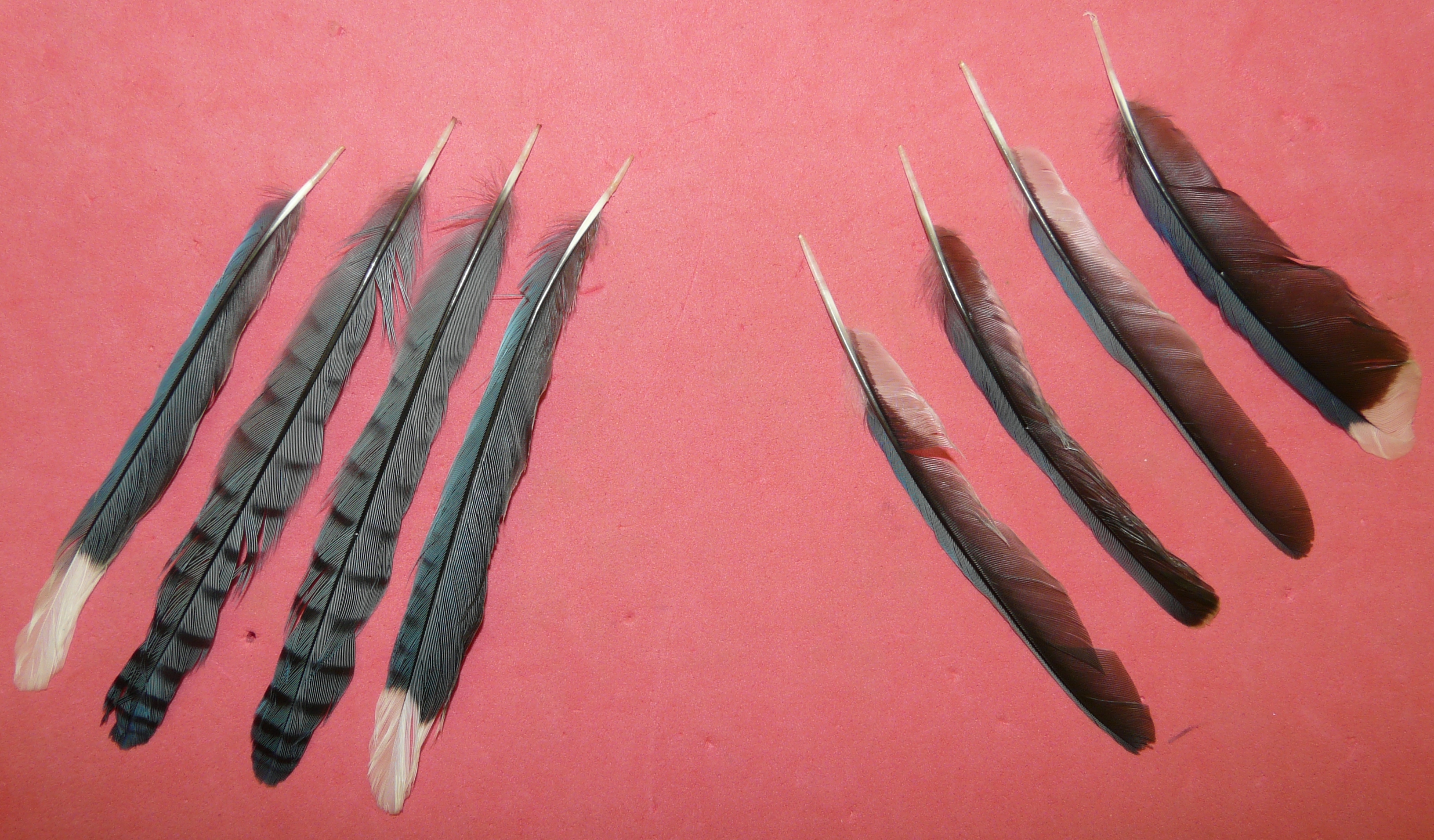 Long-tailed Duck, photo
courtesy of SS Bushell
Long-tailed Duck, photo
courtesy of SS Bushell 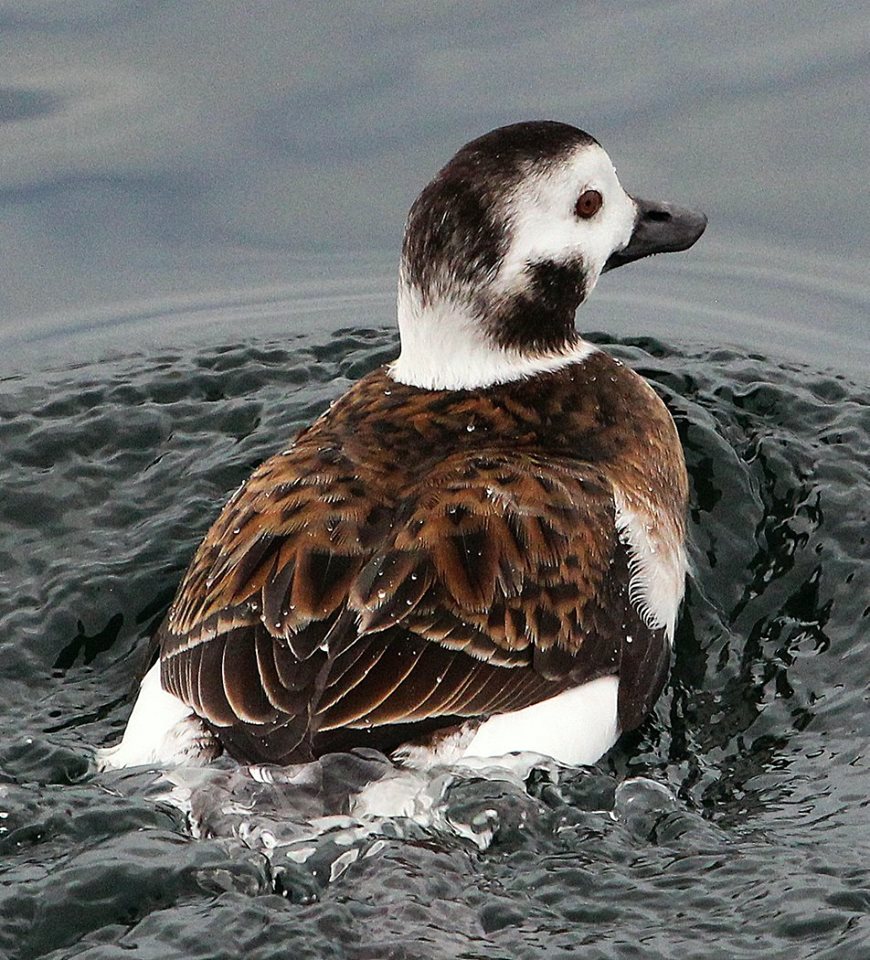
 bat:
bat:  Horned
Grebe, photo courtesy of SS Bushell
Horned
Grebe, photo courtesy of SS Bushell 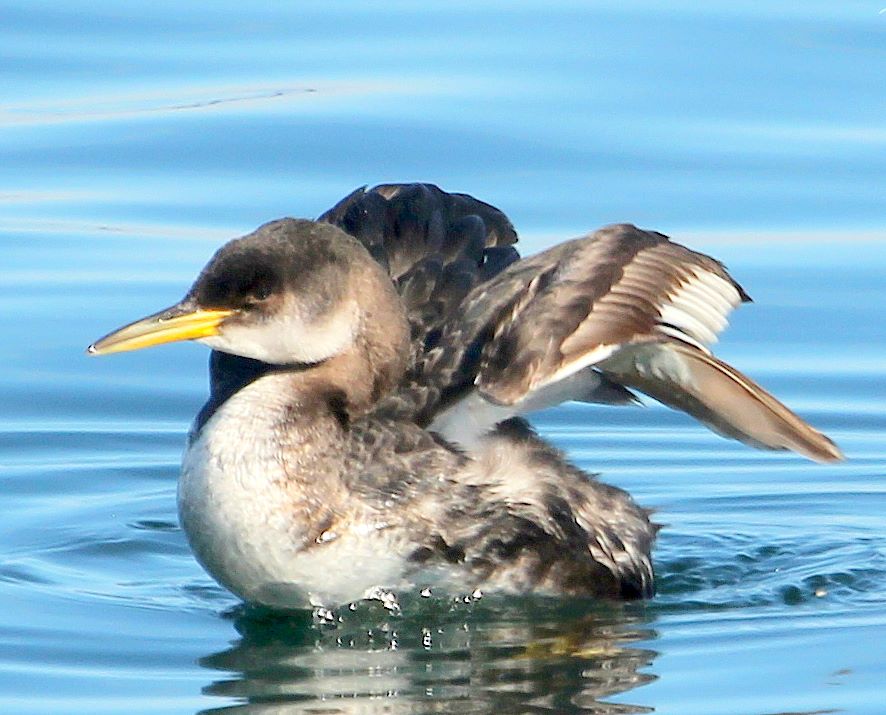
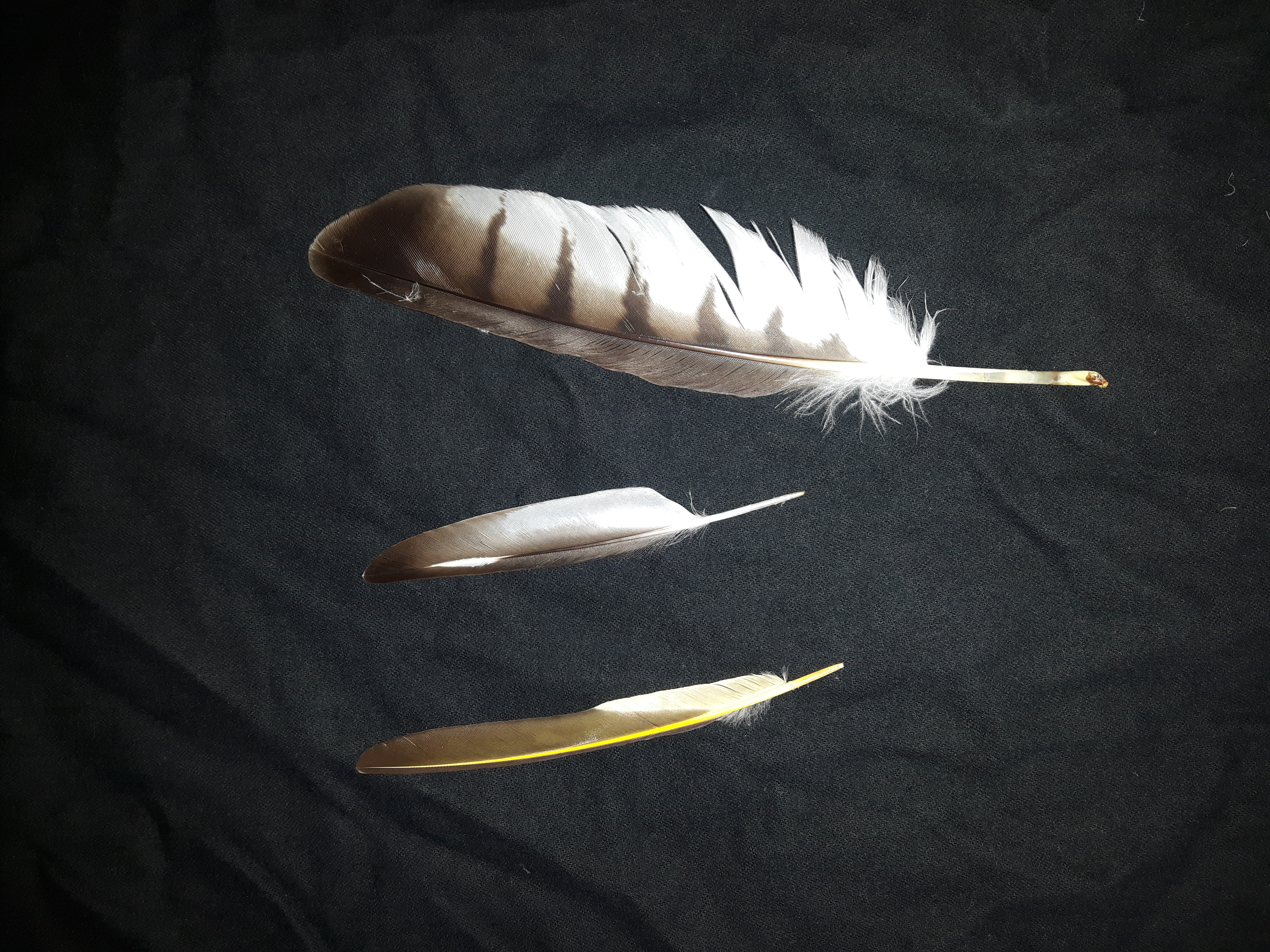 These are primary feathers from (top to bottom),
Broad-winged Hawk, Killdeer and Northern Flicker.
These are primary feathers from (top to bottom),
Broad-winged Hawk, Killdeer and Northern Flicker.
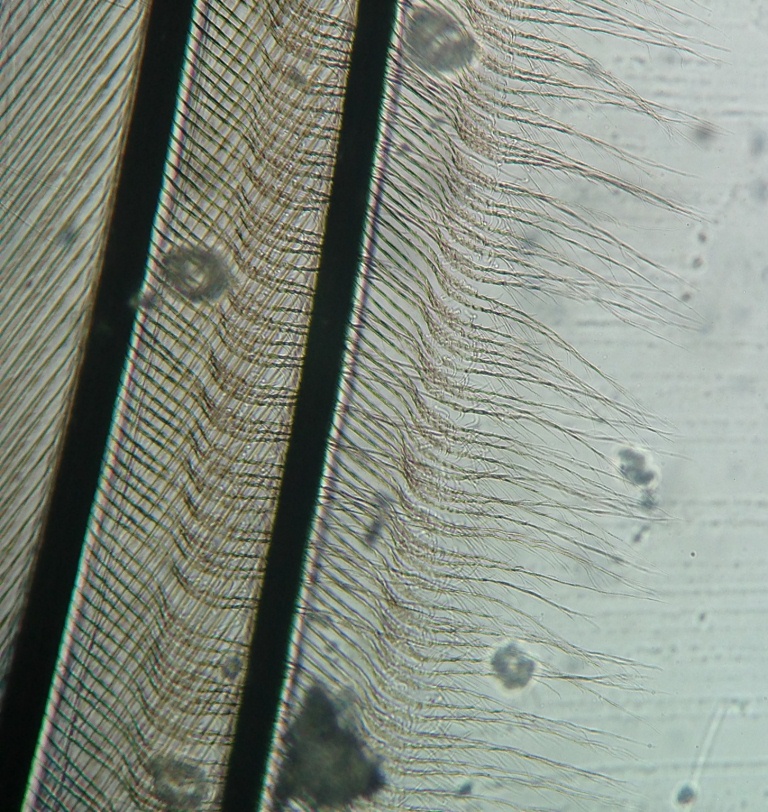
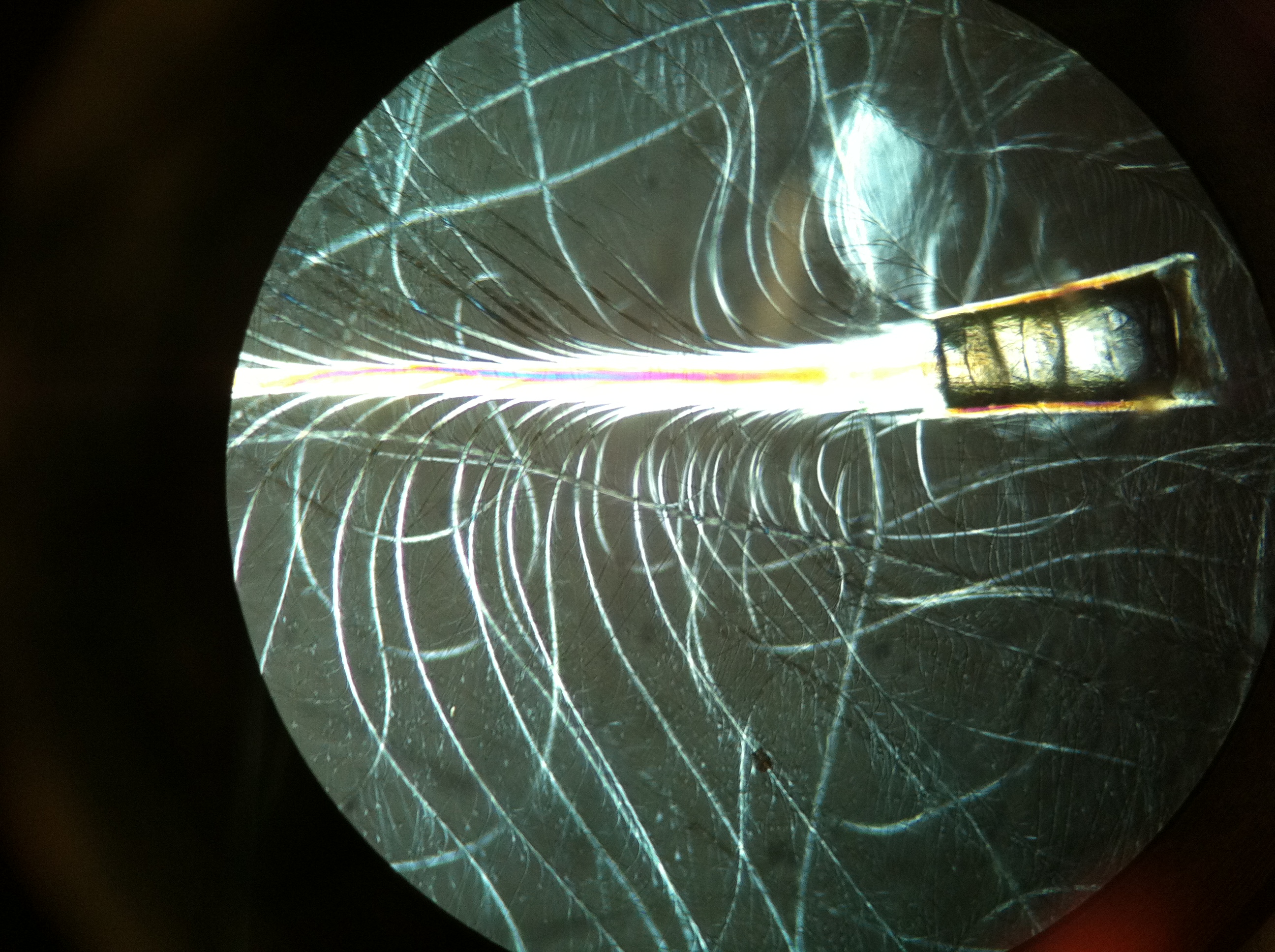
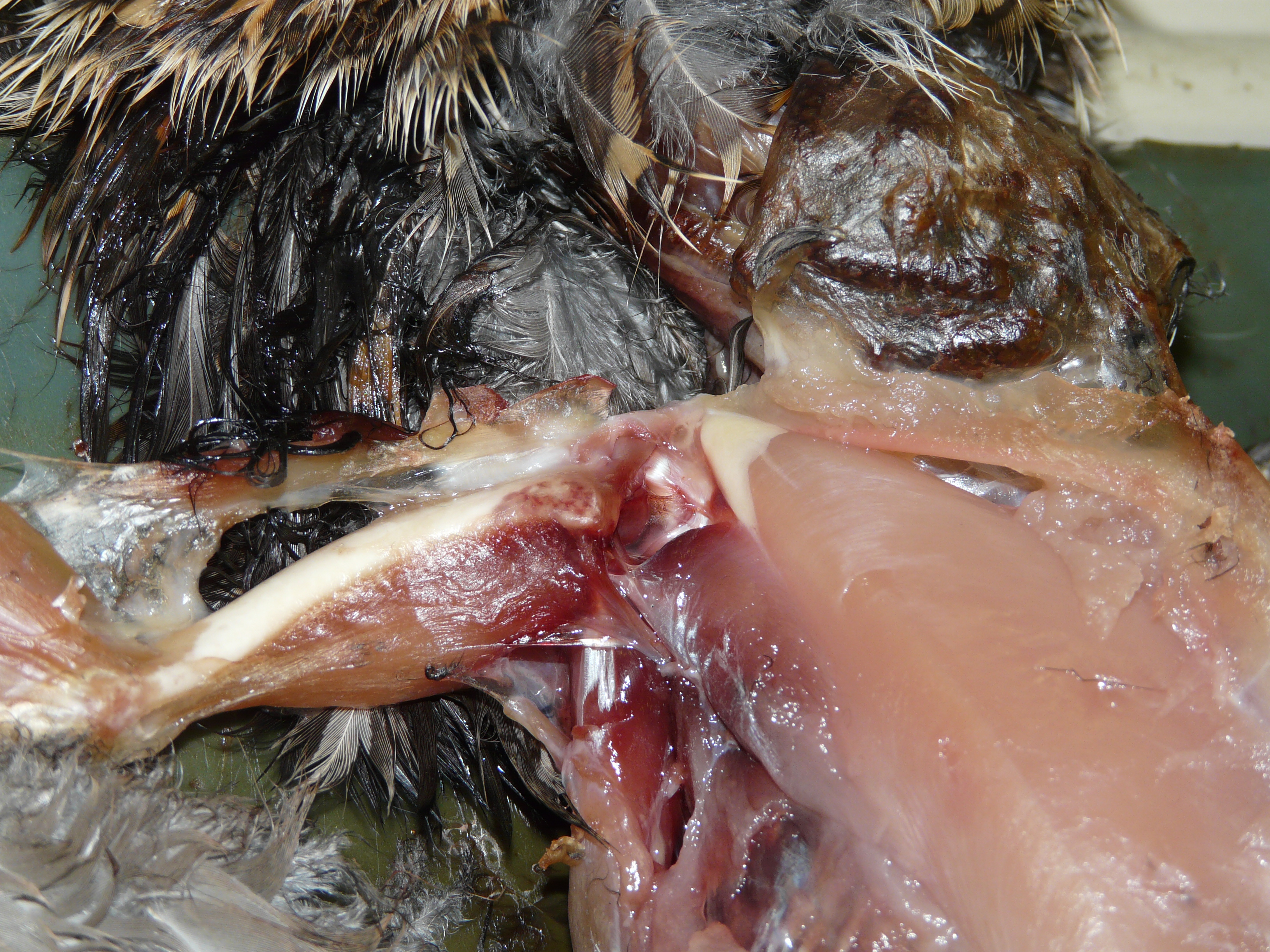
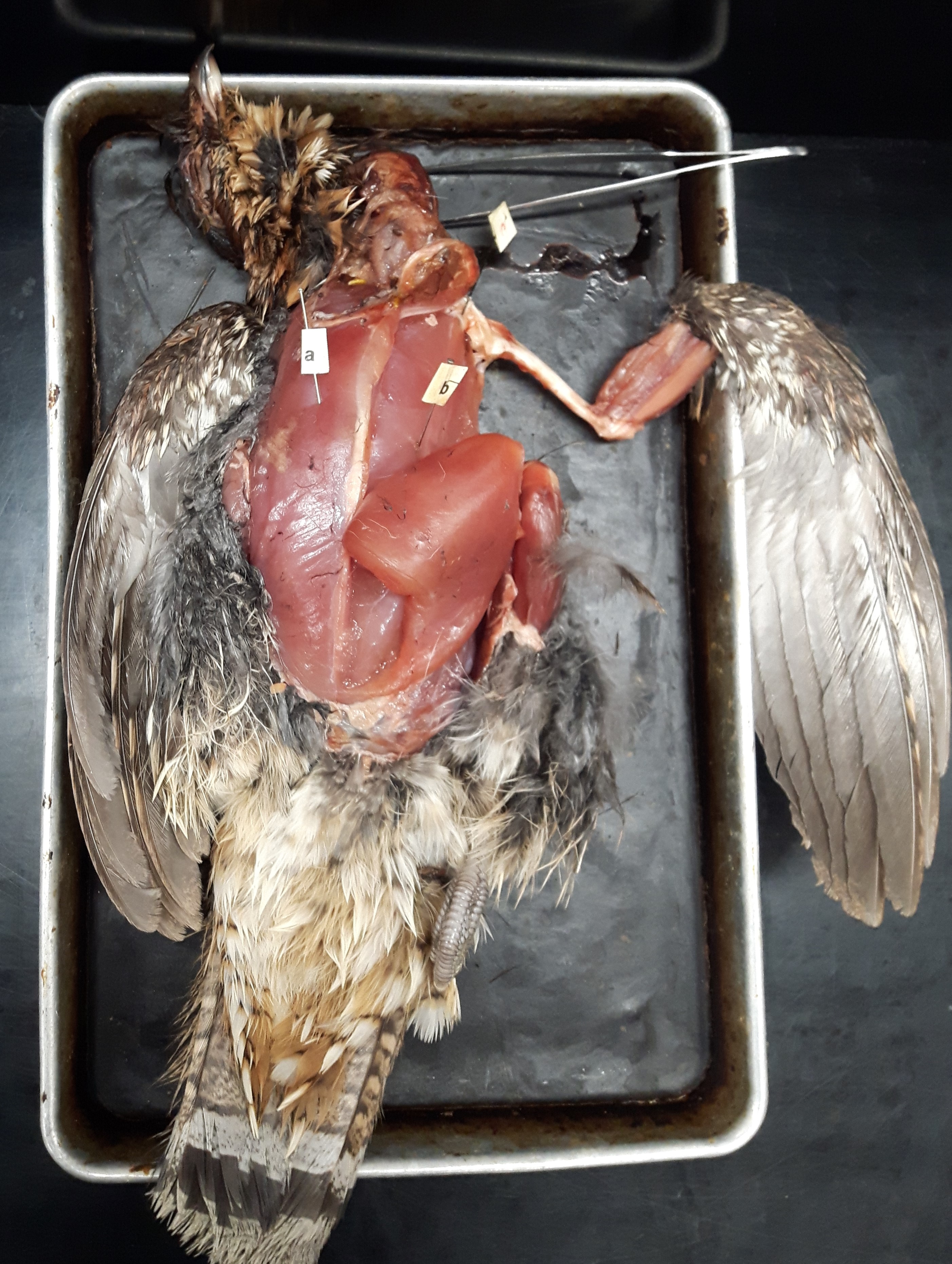
 bat skeleton
bat skeleton 
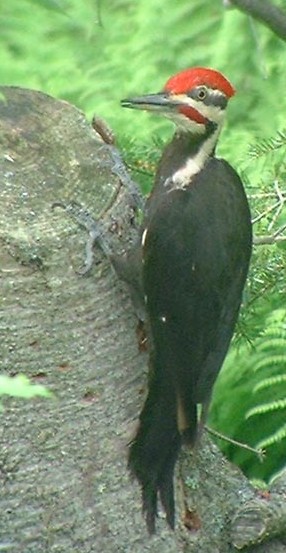 Wilson's Warbler
Wilson's Warbler 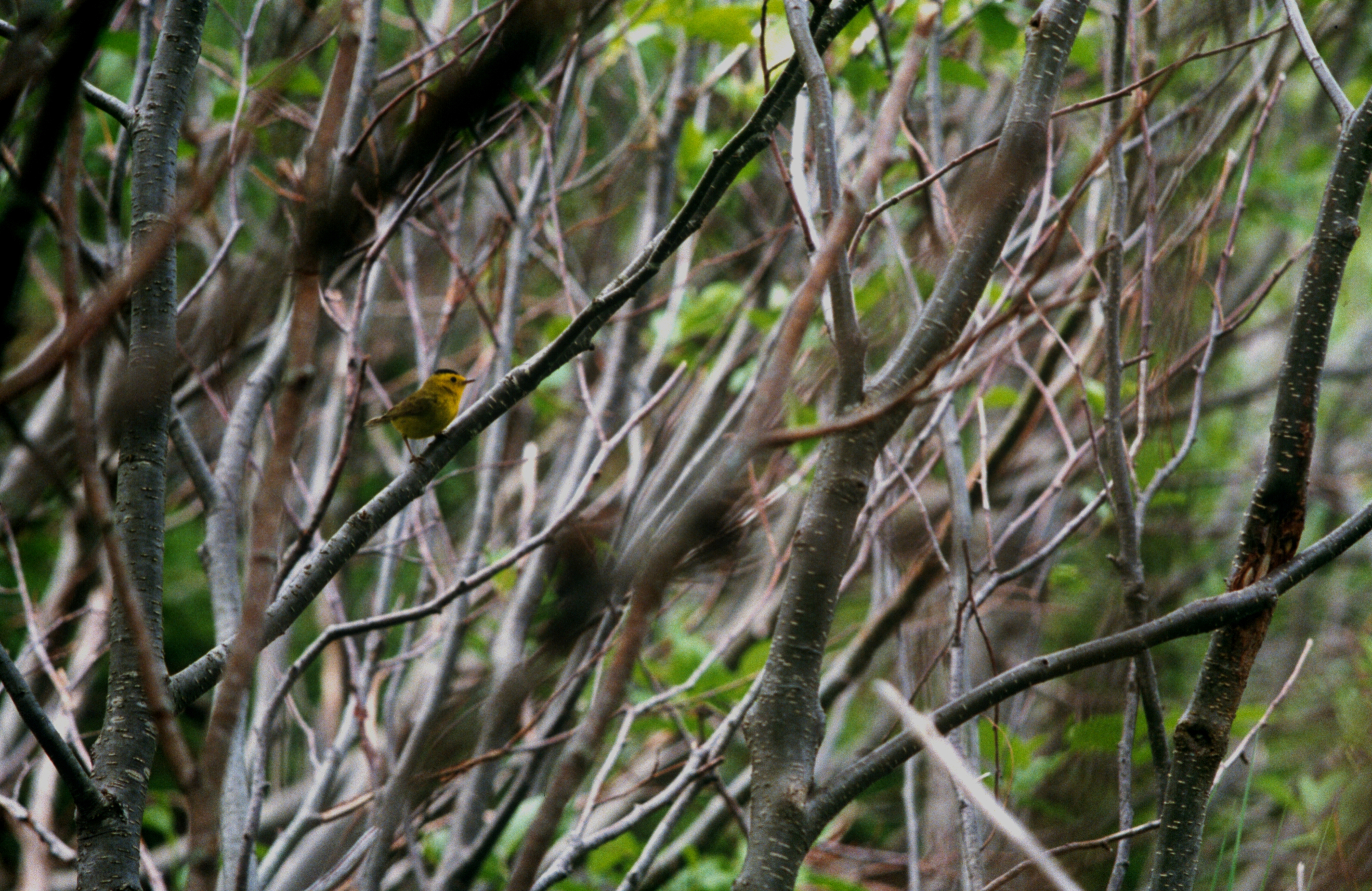
Osprey 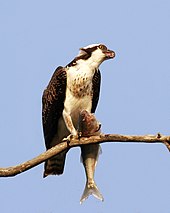 Belted Kingfisher
Belted Kingfisher  Great Blue Heron
Great Blue Heron 
These photos are all from their respective Wikipedia pages. Why can the Osprey (and Bald Eagle) consume fish larger than they can swallow, but the other two birds, as well as mergansers, are restricted to catching fish only as big as they can swallow?
Measuring Claw Curvature - the PowerPoint
Most aquatic birds have webbed feet; the grebes, like this Horned Grebe, are lobate (have lobed toes).
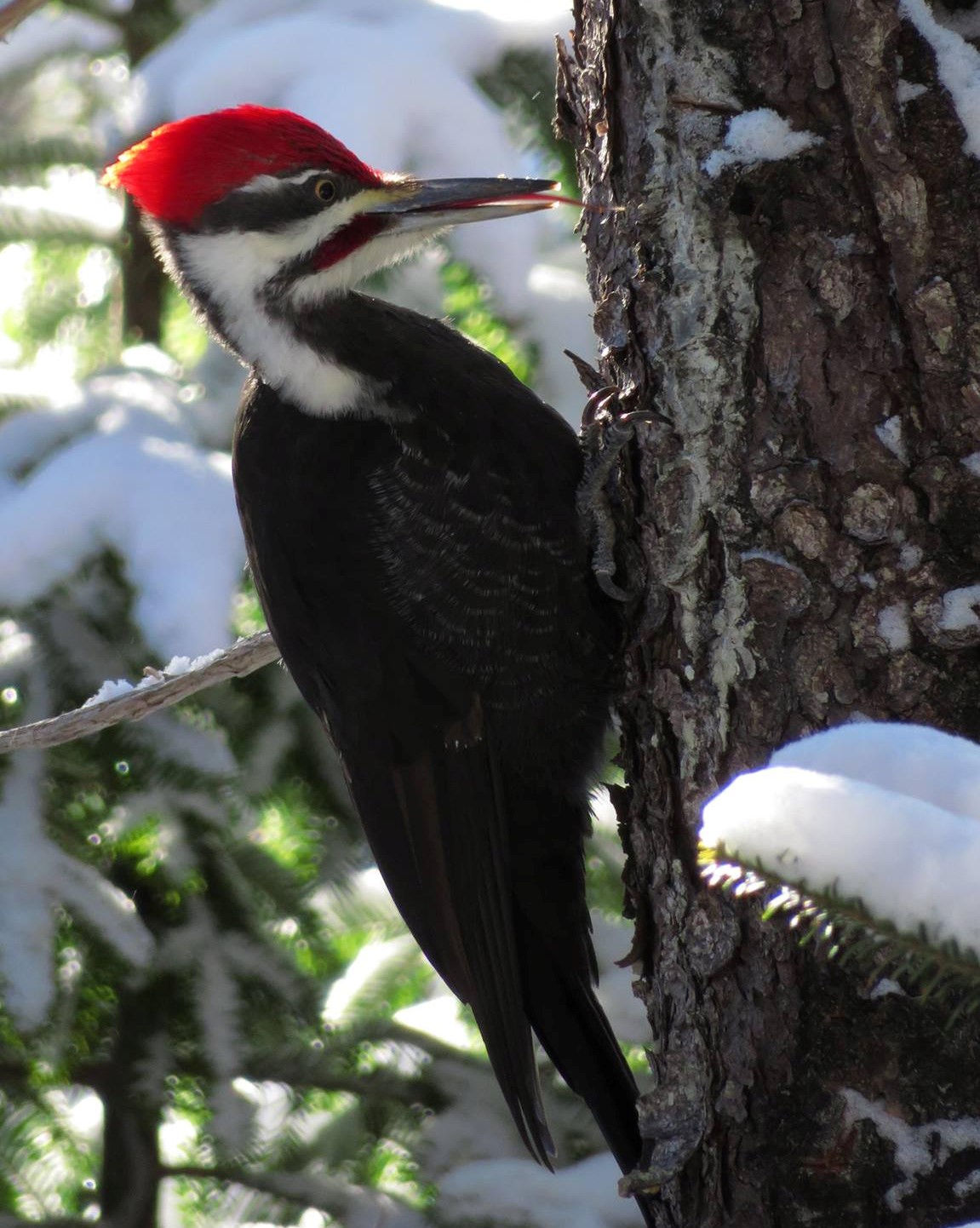 Pileated Woodpecker, photo
courtesy of L Klapstein.
Pileated Woodpecker, photo
courtesy of L Klapstein.This Black Vulture (a dominantly southern species), was at my feeding station in 2011.
This is a young Boreal Owl, one of the species I work with.

